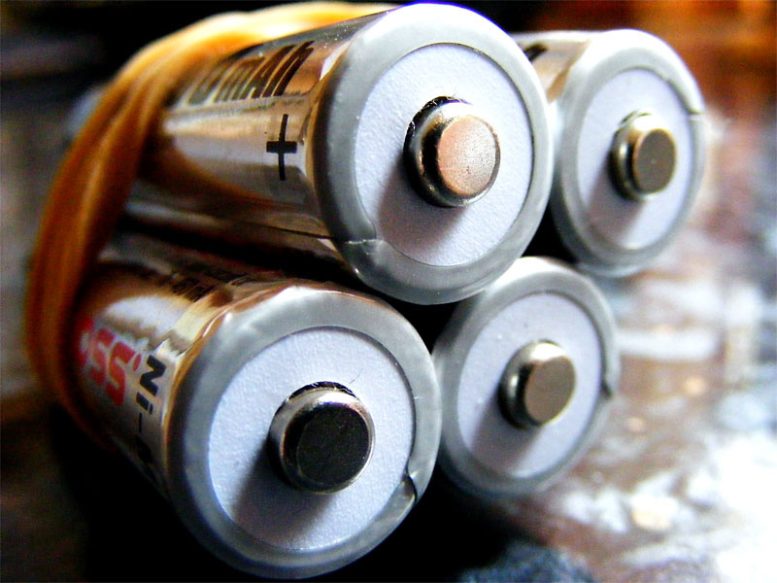
Researchers have discovered a pyrochlore-type oxyfluoride as a stable, lithium-ion conductor with excellent conductivity, suitable for use as solid electrolytes in all-solid-state lithium-ion batteries. Credit: scalespeeder from Openverse
Scientists have identified a stable and highly conductive lithium-ion conductor that can be used as solid electrolytes in solid-state lithium-ion batteries.
Solid-state lithium-ion batteries, which use solid electrolytes, are non-flammable and boast higher energy density and ion transference numbers compared to their liquid electrolyte counterparts. These features position them as potential replacements in markets dominated by traditional liquid electrolyte batteries, including electric vehicles. Despite these benefits, solid electrolytes present drawbacks such as lower lithium-ion conductivity and difficulties in maintaining sufficient contact between the electrodes and the solid electrolyte.
While sulfide-based solid electrolytes are conductive, they react with moisture to form toxic hydrogen disulfide. Therefore, there’s a need for non-sulfide solid electrolytes that are both conductive and stable in air to make safe, high-performance, and fast-charging solid-state Li-ion batteries.
In a recent study published in the journal Chemistry of Materials, a research team led by Professor Kenjiro Fujimoto, Professor Akihisa Aimi from Tokyo University of Science, and Dr. Shuhei Yoshida from DENSO CORPORATION, discovered a stable and highly conductive Li-ion conductor in the form of a pyrochlore-type oxyfluoride.
According to Prof. Fujimoto, “Making all-solid-state lithium-ion secondary batteries has been a long-held dream of many battery researchers. We have discovered an oxide solid electrolyte that is a key component of all-solid-state lithium-ion batteries, which have both high energy density and safety. In addition to being stable in air, the material exhibits higher ionic conductivity than previously reported oxide solid electrolytes.”
Detailed Analysis and Performance
The pyrochlore-type oxyfluoride studied in this work can be denoted as Li2-xLa(1+x)/3M2O6F (M = Nb, Ta). It underwent structural and compositional analysis using various techniques, including X-ray diffraction, Rietveld analysis, inductively coupled SciTechDaily